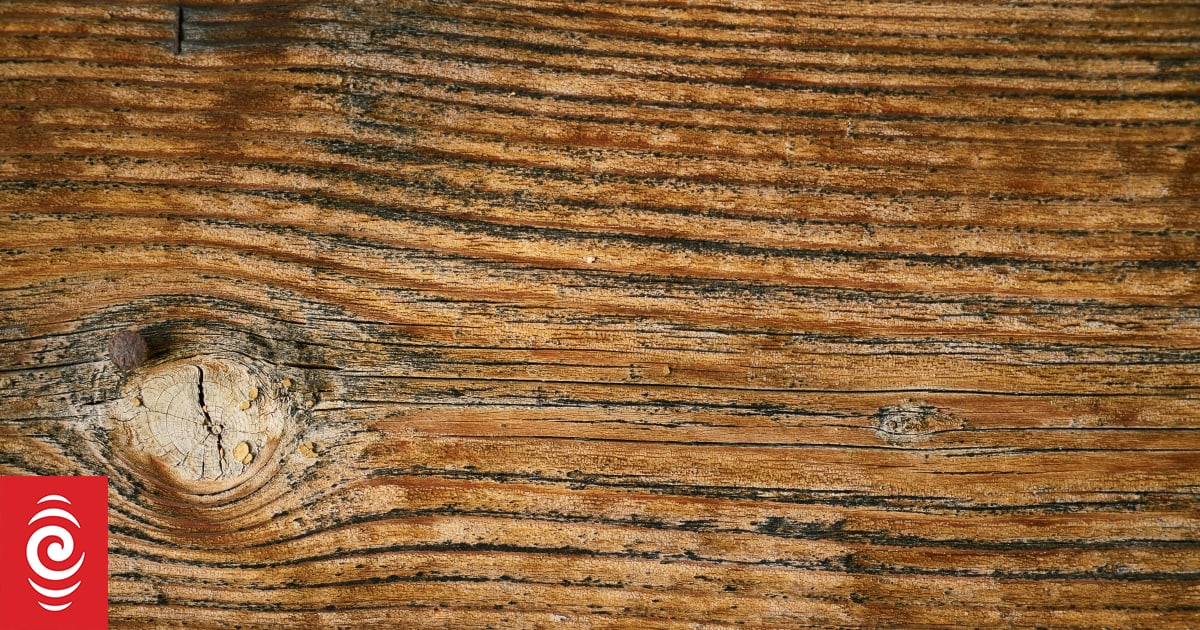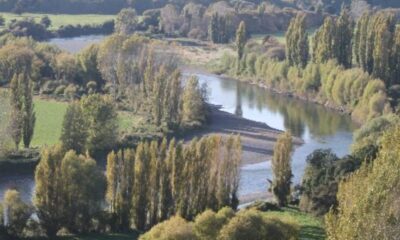World
Unlocking the Secrets of Timber: Understanding Your Floorboards

Examining timber floorboards can reveal hidden narratives about the trees that produced them. From the fine grains to the unique knots, each feature tells a story about the tree’s growth, environment, and the species it belongs to. Understanding these characteristics not only enhances appreciation for the aesthetics of flooring but also informs caretaking practices.
Decoding the Characteristics of Timber
Different tree species contribute to the variety of timber used in flooring. Hardwoods, such as the pale cream of Tasmanian oak and the deep red of jarrah, contrast with the more affordable softwoods like pine and spruce. While hardwoods are flowering trees, softwoods come from cone-bearing species. Interestingly, the terms “hardwood” and “softwood” do not strictly correlate with the wood’s hardness; for instance, the balsa tree is a hardwood known for its lightweight and soft characteristics.
The distinctions between these wood types lie primarily in their anatomical structures. Specifically, the arrangement of xylem tissues, which transport water and nutrients, significantly influences the wood’s grain pattern. In floorboards, this grain can be straight, wavy, or spiral, reflecting the tree’s growth history.
When a tree is cut, the growth appears as rings in a horizontal cross-section. In contrast, floorboards, which are milled lengthwise, present long lines that can indicate the growth rate of the tree. For example, closely spaced lines suggest slow growth, while wider lines indicate rapid growth.
Understanding Knots and Chemical Indicators
Knots in floorboards arise when branches die or are cut, leading to tissue growth over the stubs. The size and pattern of these knots can provide insight into the tree’s life. For instance, pine trees often exhibit multiple small knots from a common growth point, typical of young plantation pines.
The distance between knots can also reveal growth speed; greater distances indicate faster growth. Additionally, the presence of polyphenols—defensive chemicals produced by trees—can impact the wood’s appearance and durability. High concentrations of polyphenols can contribute to darker hues in timbers like mahogany, merbau, and ironbark. These compounds not only protect against environmental stressors but also enhance the wood’s longevity.
A striking feature can arise when trees experience damage, such as from fire or pests. In these cases, polyphenol production increases, leading to dark brown or nearly black sections in the wood.
Timber flooring, much like its living counterparts, plays a role in carbon storage. As long as the wood remains intact—avoiding damage from fire, decay, or rot—it continues to store carbon, contributing to climate change mitigation efforts.
To preserve the beauty and integrity of timber floors, several maintenance practices are recommended. For softwood boards, applying a hard surface coating is essential, especially in high-traffic areas. Limiting exposure to direct sunlight helps maintain color and prolongs the lifespan of both the coating and the wood itself.
If large knots begin to protrude, securing them to the floor joists with nails or glue can prevent uneven surfaces and potential splitting.
Taking the time to understand the stories embedded in timber floorboards not only enriches our knowledge of biology and history but also fosters a deeper appreciation for the natural world. As noted by Gregory Moore, a Senior Research Associate at The University of Melbourne, these features hold valuable lessons from the past, waiting to be discovered by those willing to look closely.
-

 World3 months ago
World3 months agoTest Your Knowledge: Take the Herald’s Afternoon Quiz Today
-

 Sports3 months ago
Sports3 months agoPM Faces Backlash from Fans During Netball Trophy Ceremony
-

 Lifestyle3 months ago
Lifestyle3 months agoDunedin Designers Win Top Award at Hokonui Fashion Event
-

 Sports3 months ago
Sports3 months agoLiam Lawson Launches New Era for Racing Bulls with Strong Start
-

 Lifestyle3 months ago
Lifestyle3 months agoDisney Fan Reveals Dress Code Tips for Park Visitors
-

 Health3 months ago
Health3 months agoWalking Faster Offers Major Health Benefits for Older Adults
-

 World3 months ago
World3 months agoCoalition Forms to Preserve Māori Wards in Hawke’s Bay
-

 Politics3 months ago
Politics3 months agoScots Rally with Humor and Music to Protest Trump’s Visit
-

 Top Stories3 months ago
Top Stories3 months agoUK and India Finalize Trade Deal to Boost Economic Ties
-

 Entertainment3 months ago
Entertainment3 months agoExperience the Excitement of ‘Chief of War’ in Oʻahu
-

 World3 months ago
World3 months agoHuntly Begins Water Pipe Flushing to Resolve Brown Water Issue
-

 Science3 months ago
Science3 months agoNew Interactive Map Reveals Wairarapa Valley’s Geological Secrets









